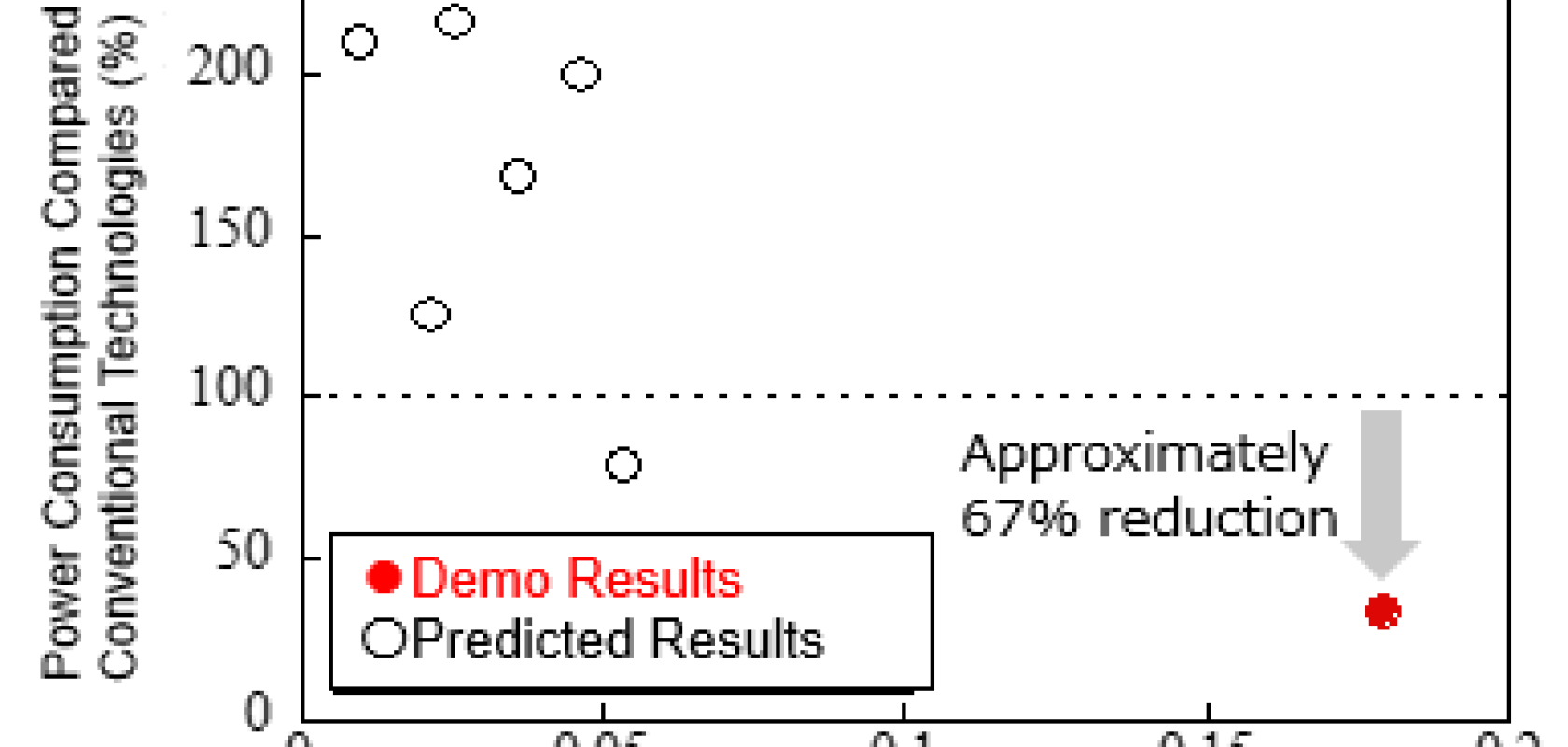NTT Corporation (NTT) has successfully demonstrated a technology that can expand transmission capacity while reducing energy use by 67% in optical communications platforms; specifically, the C band (near the wavelength of 1550nm).
To demonstrate this expansion in capacity and reduction in power consumption, NTT used multi-core fibre and a multi-core amplification system using a core structure consisting of 12 cores arranged densely in an optical fibre for amplification.
NTT aims to establish this technology by 2030 with more than 10 channels of a space division multiplexing transmission line as part of its Innovative Optical and Wireless Network (IOWN) initiative, a revolutionary communications infrastructure designed to enable a smarter world through the application of cutting-edge fields of study including photonics and advanced computing.
How can the optical amplifier expand transmission capacity and reduce energy use?
Where conventional optical amplifiers use the core excitation method, which amplifies the signal light propagating in the core by injecting excitation light in the core unit, the optical amplifier used the clad excitation method, which applies excitation light to the entire cross-section of the optical fibre and amplifies all the signal light propagating in multiple cores in the cross-section.
The amplification optical fibre used maximised the area ratio of the core to the cladding by reducing and enlarging the outer diameter (cladding diameter) and core diameter of the fibre for optical amplification, while maintaining the same multi-core arrangement (number of cores and core spacing) as the optical fibre transmission line. The researchers were thereby able to maximise the efficiency of use of excitation light.
Since the cladding diameter is reduced to increase the area ratio of the core of the amplifying optical fibre, it does not match at the connection point between the transmission line optical fibre and the amplifying optical fibre and a part of the exciting light is lost. In addition, both conventional and proposed technologies generate excitation light that is not used for optical amplification but remains after propagation of the optical fibre for amplification and is removed. By adopting a tapered structure and a reflective device, NTT succeeded in reducing excitation light loss and residual excitation light and further increasing the efficiency of light amplification.


